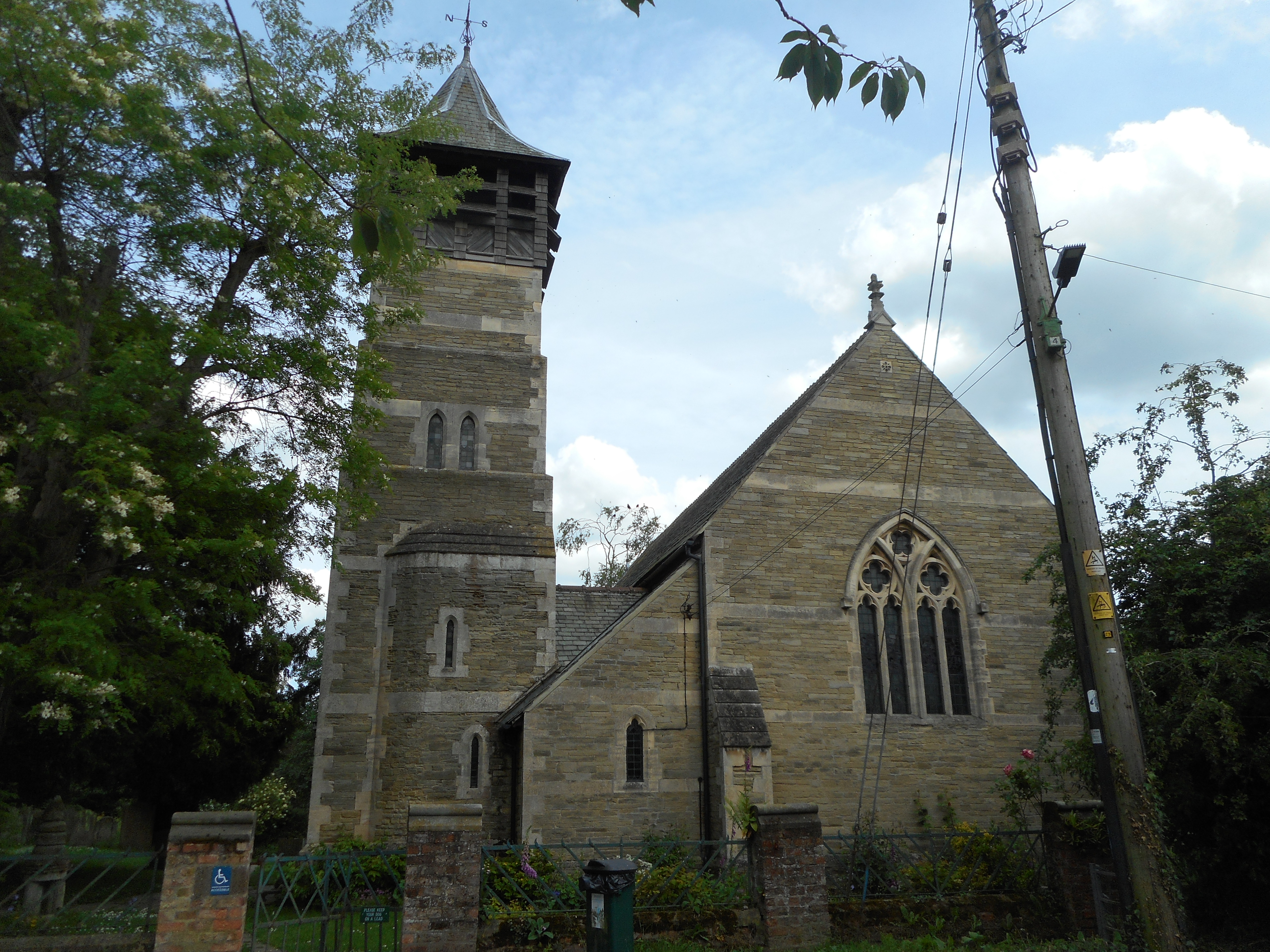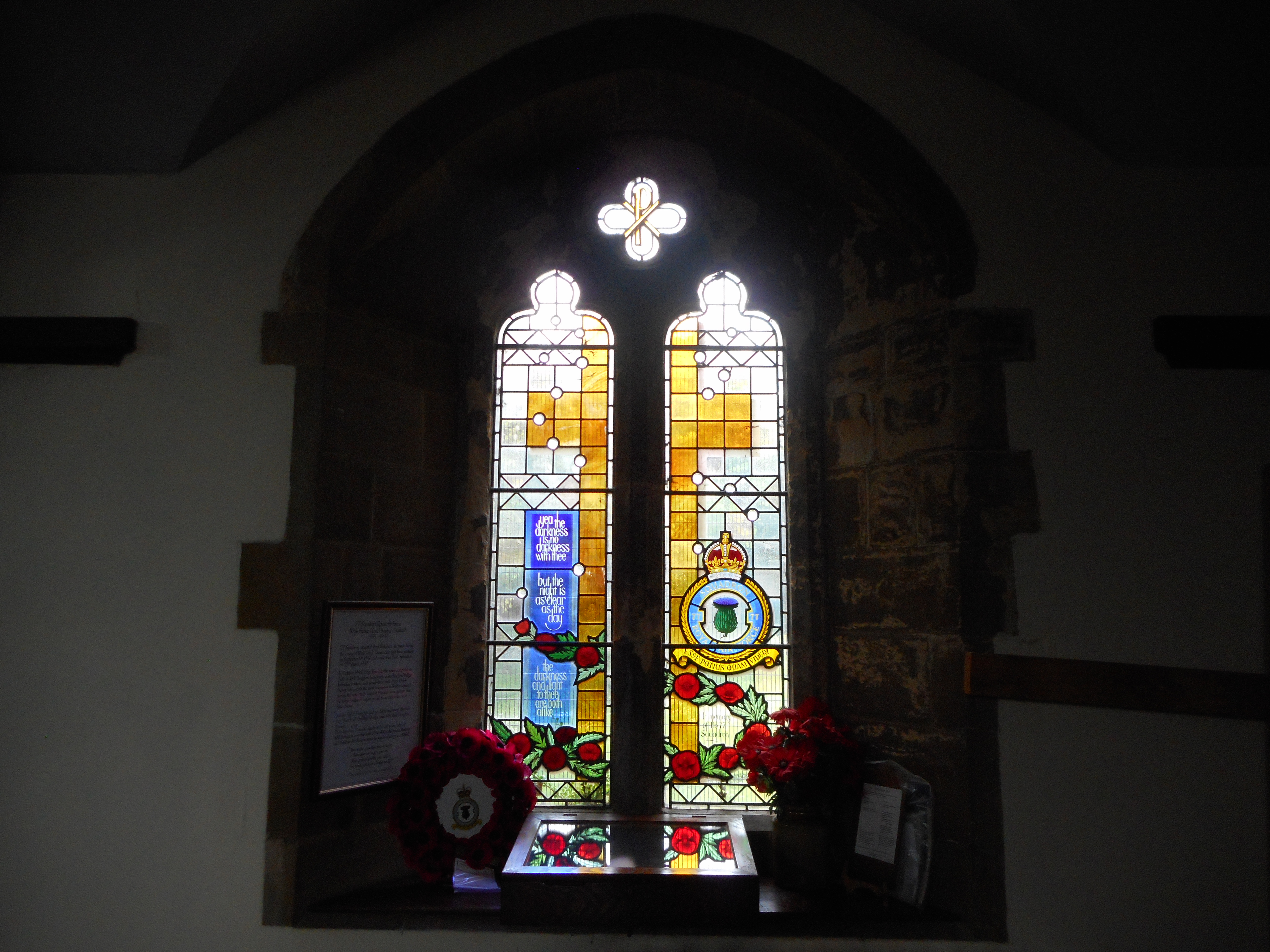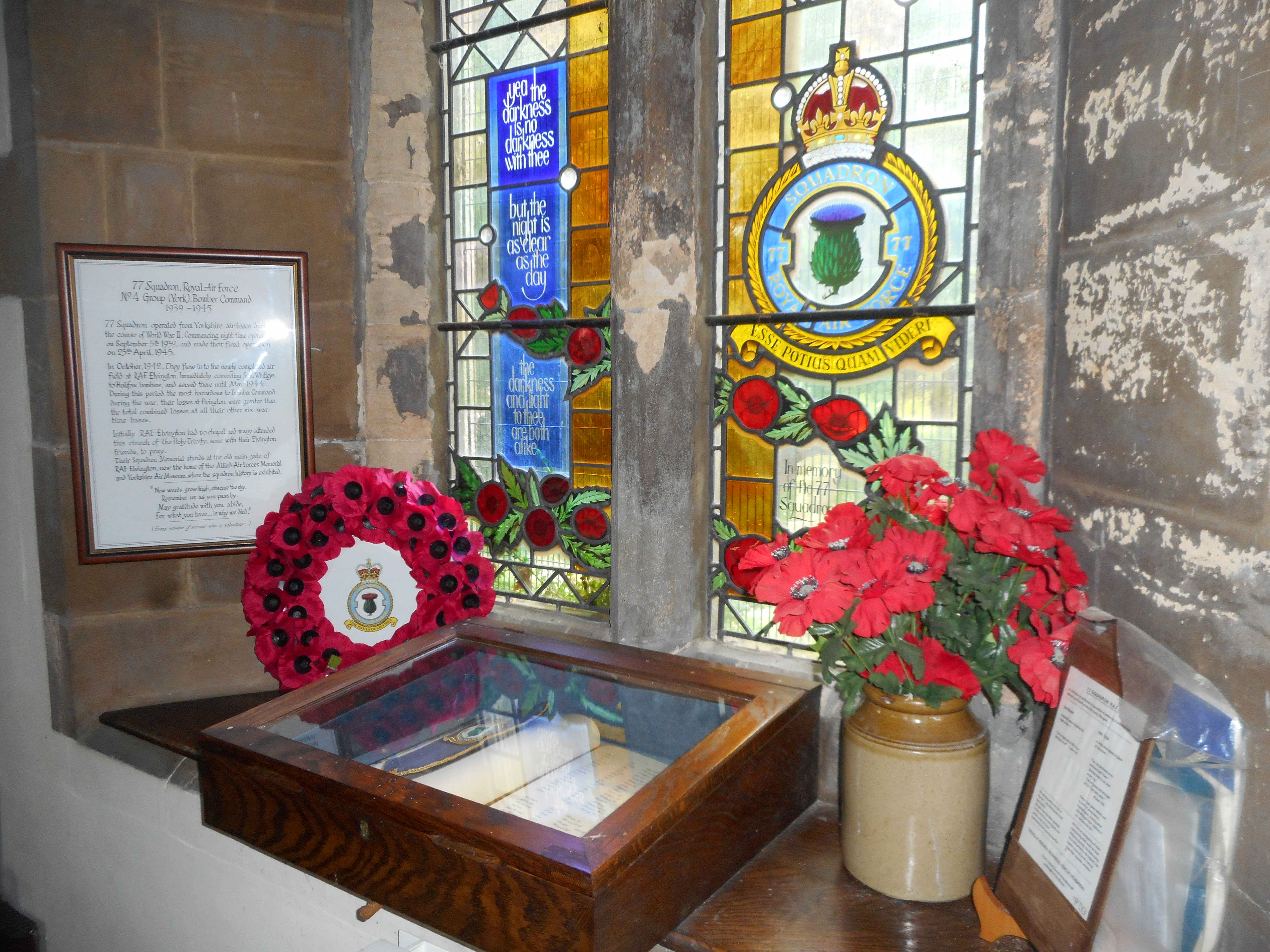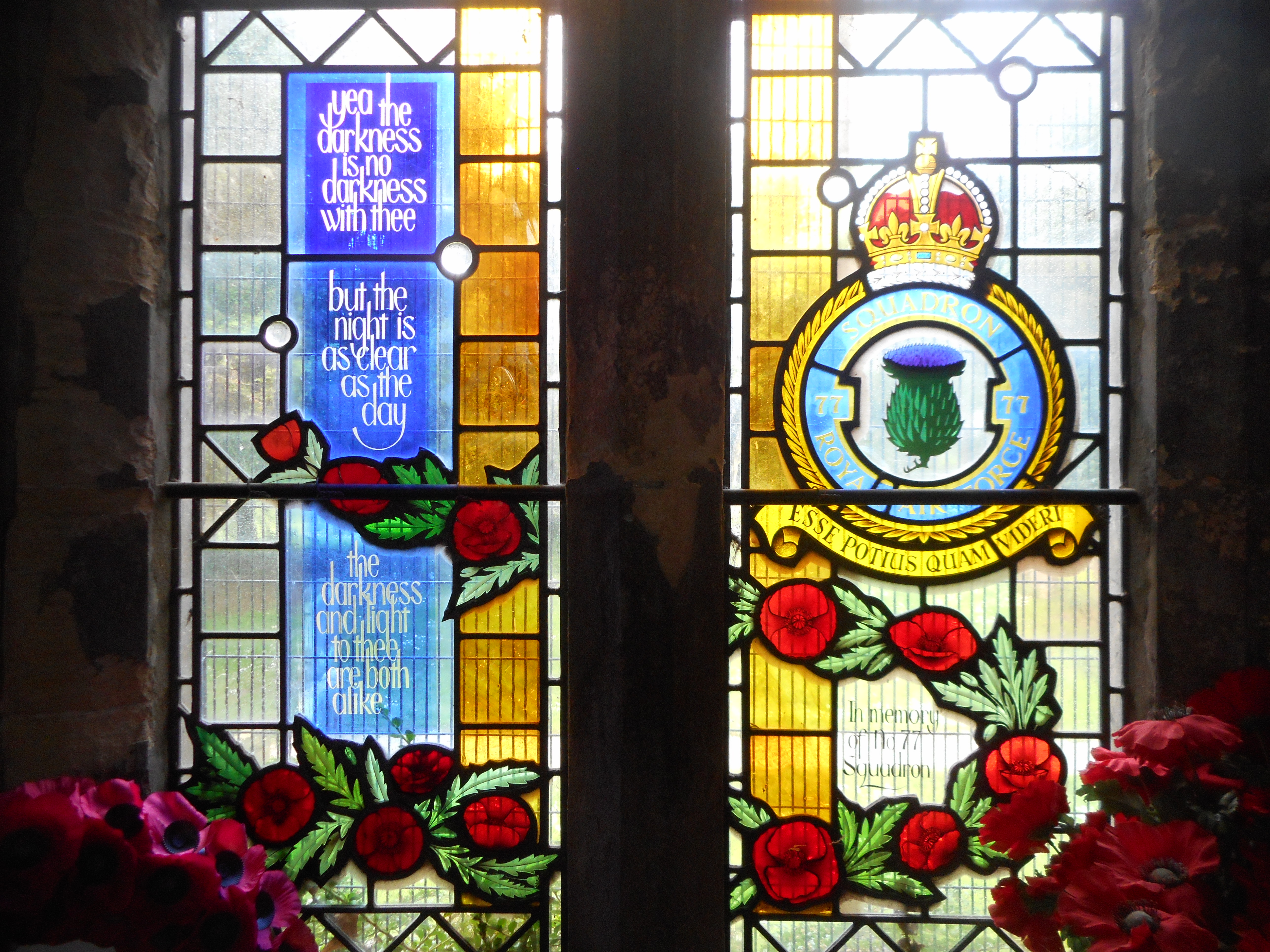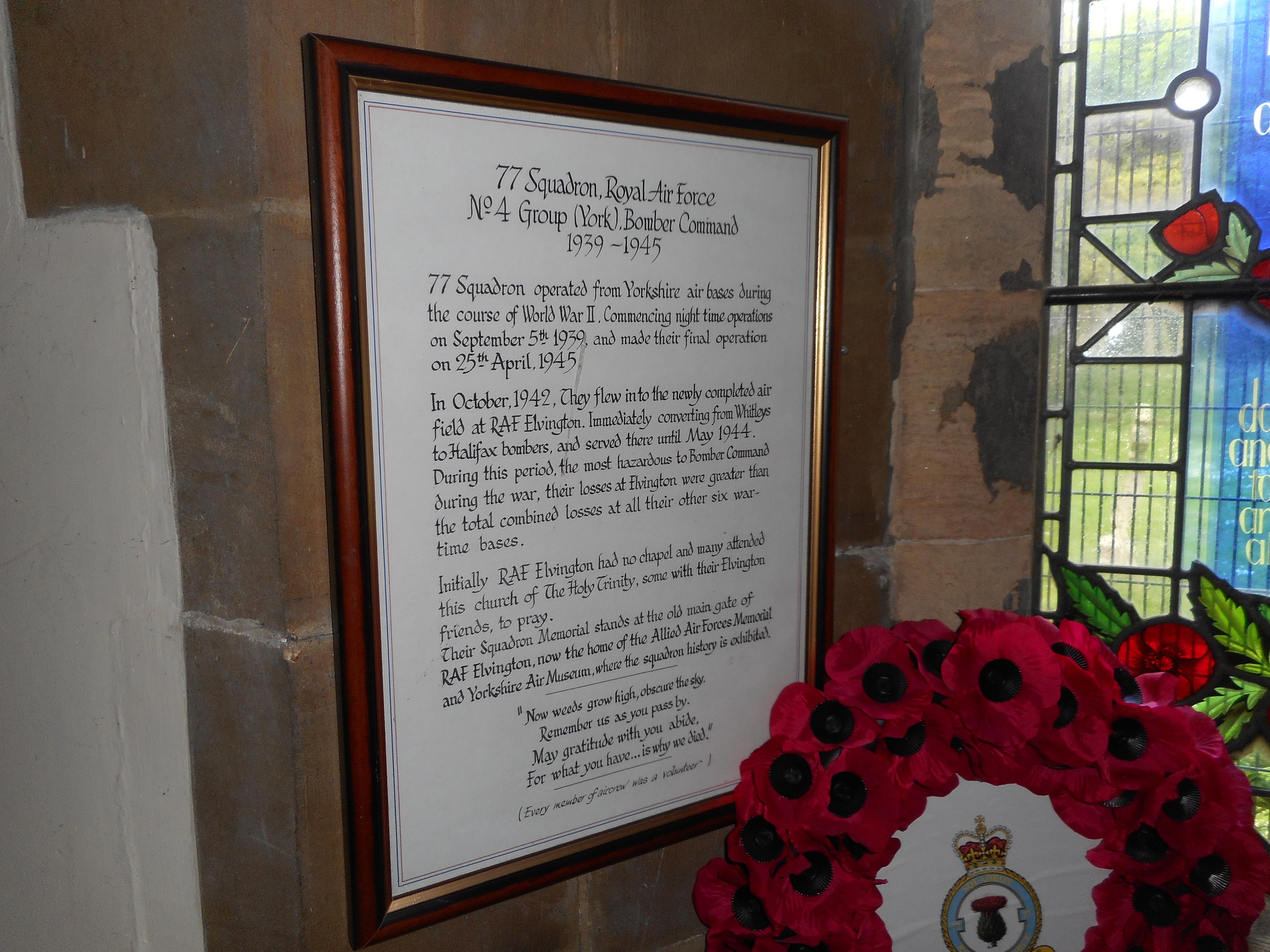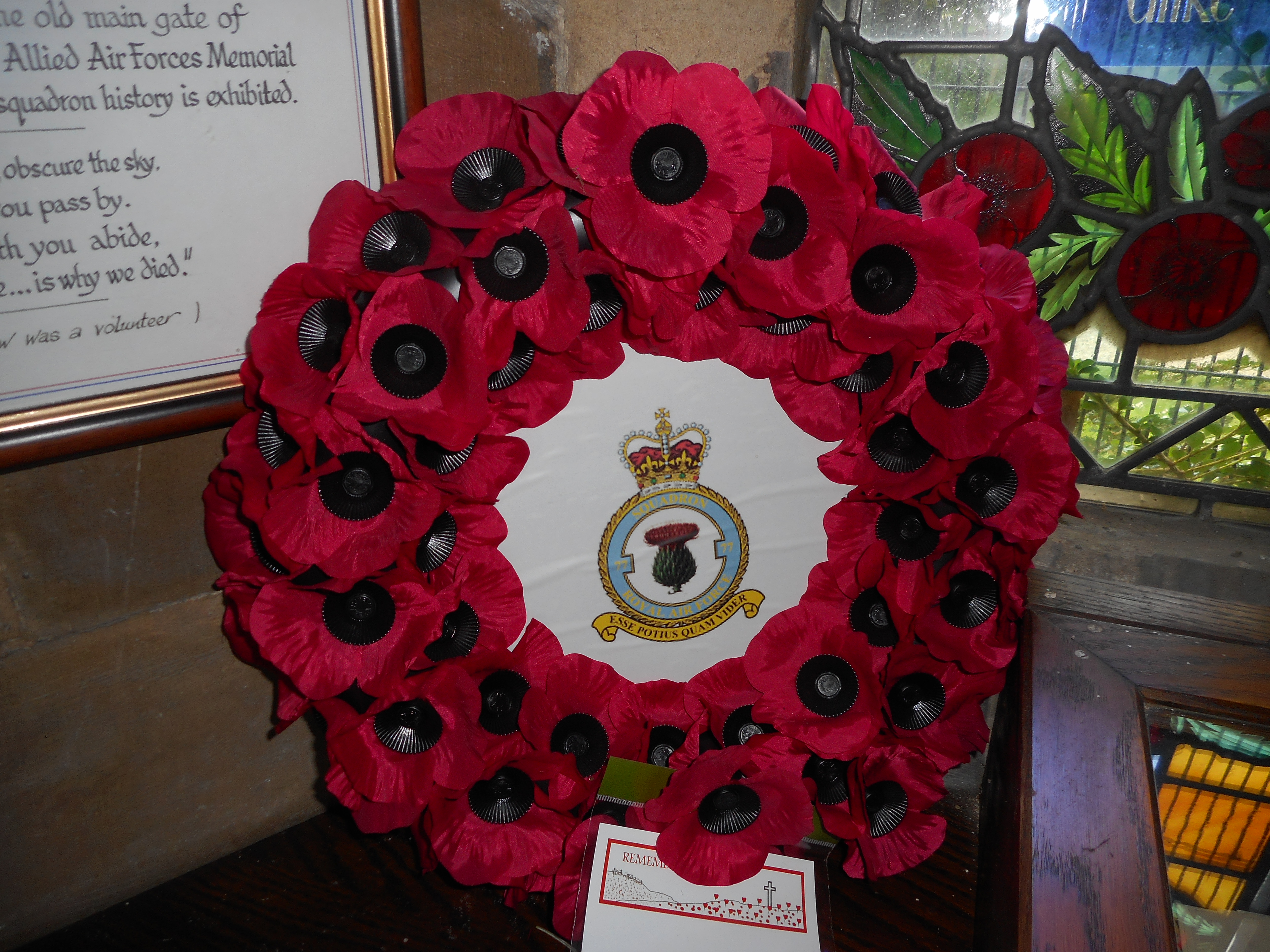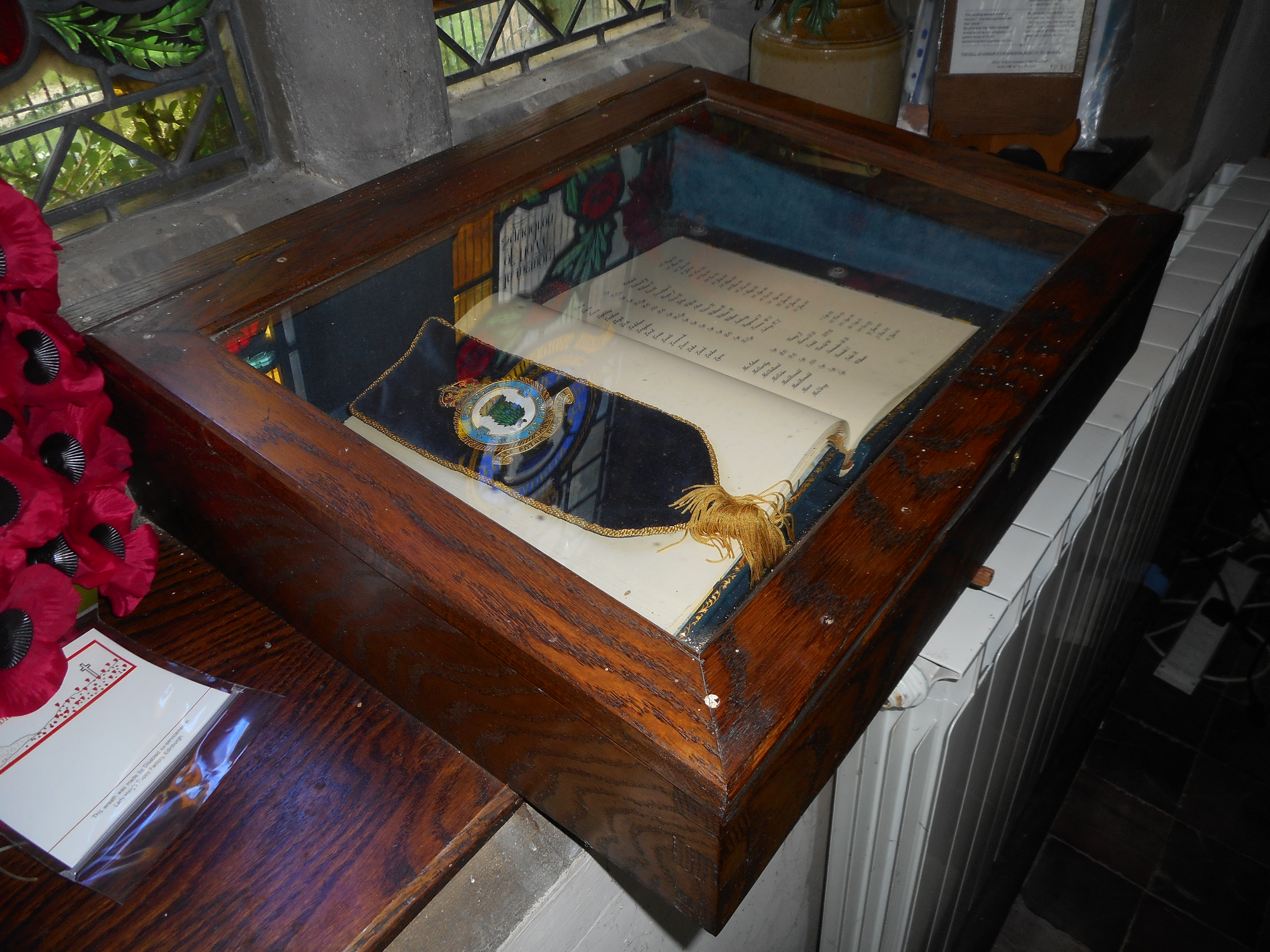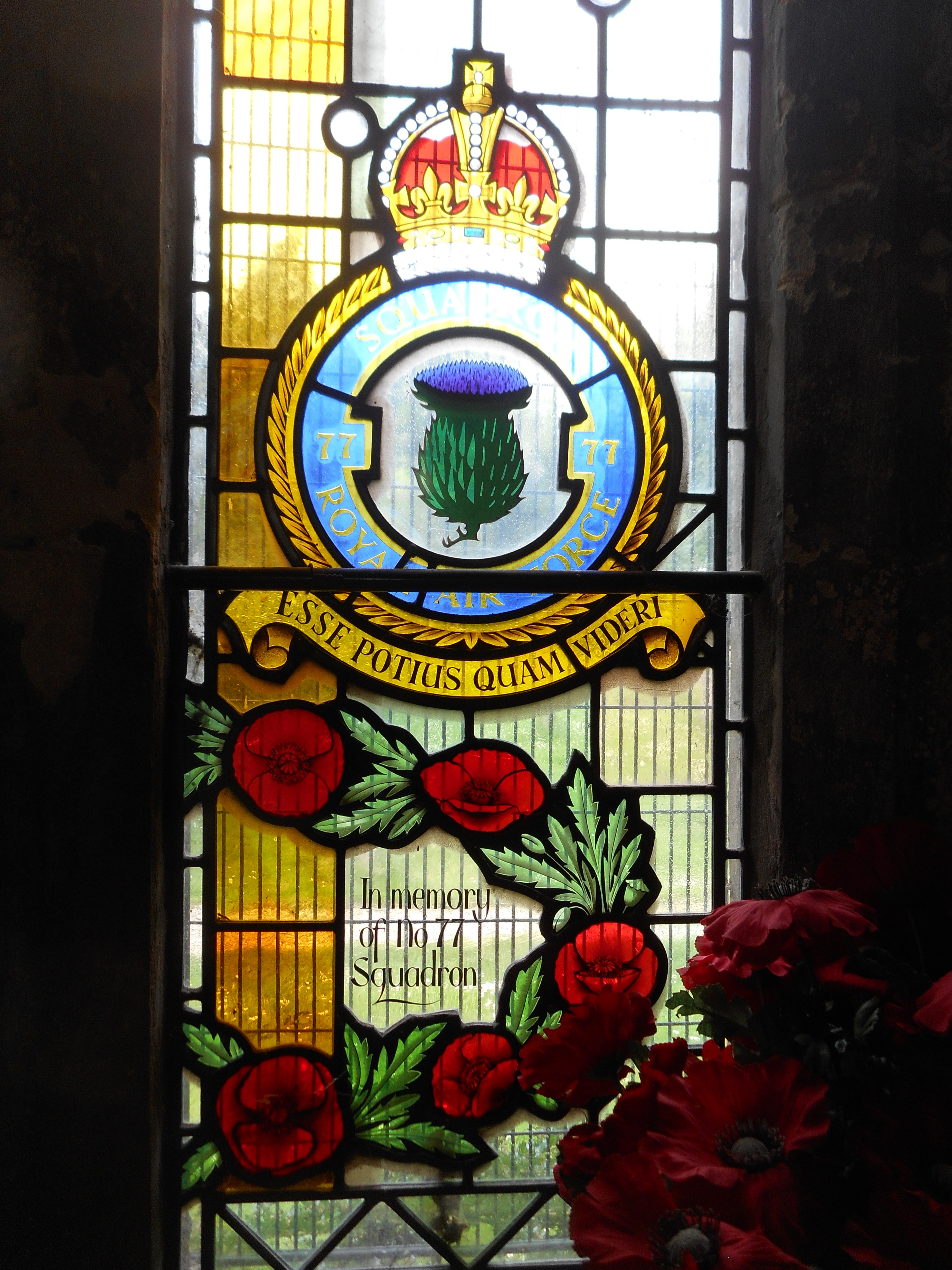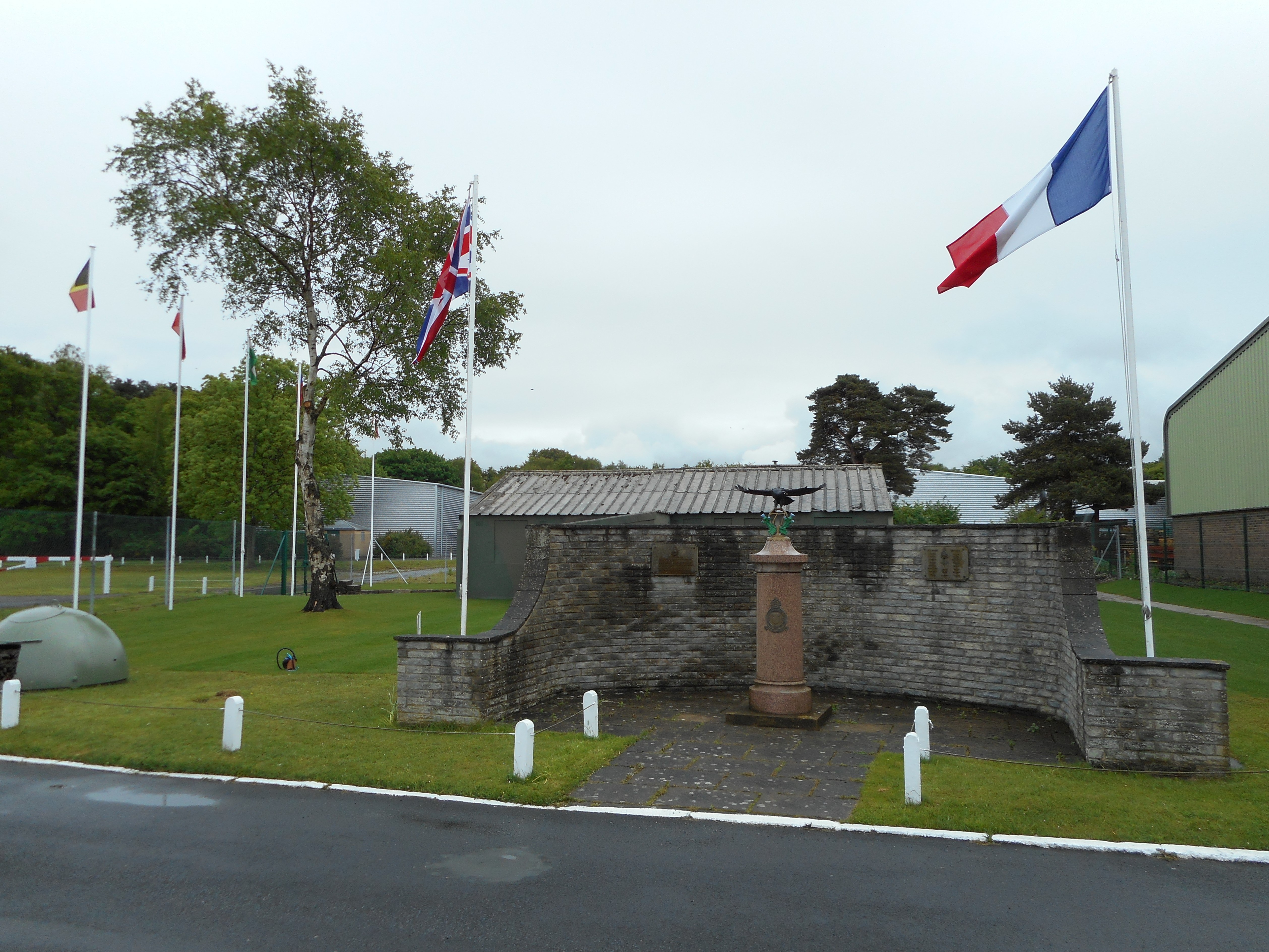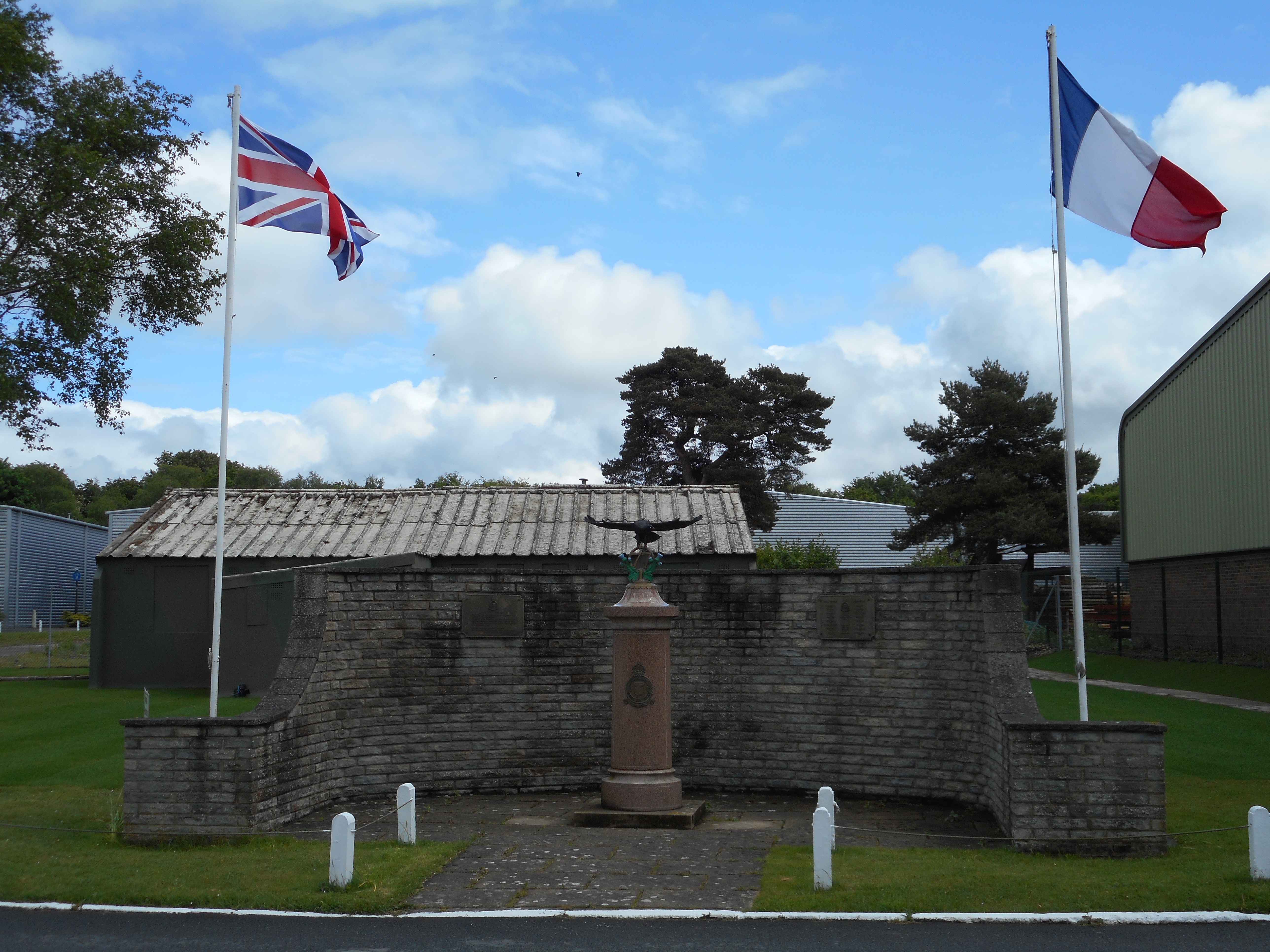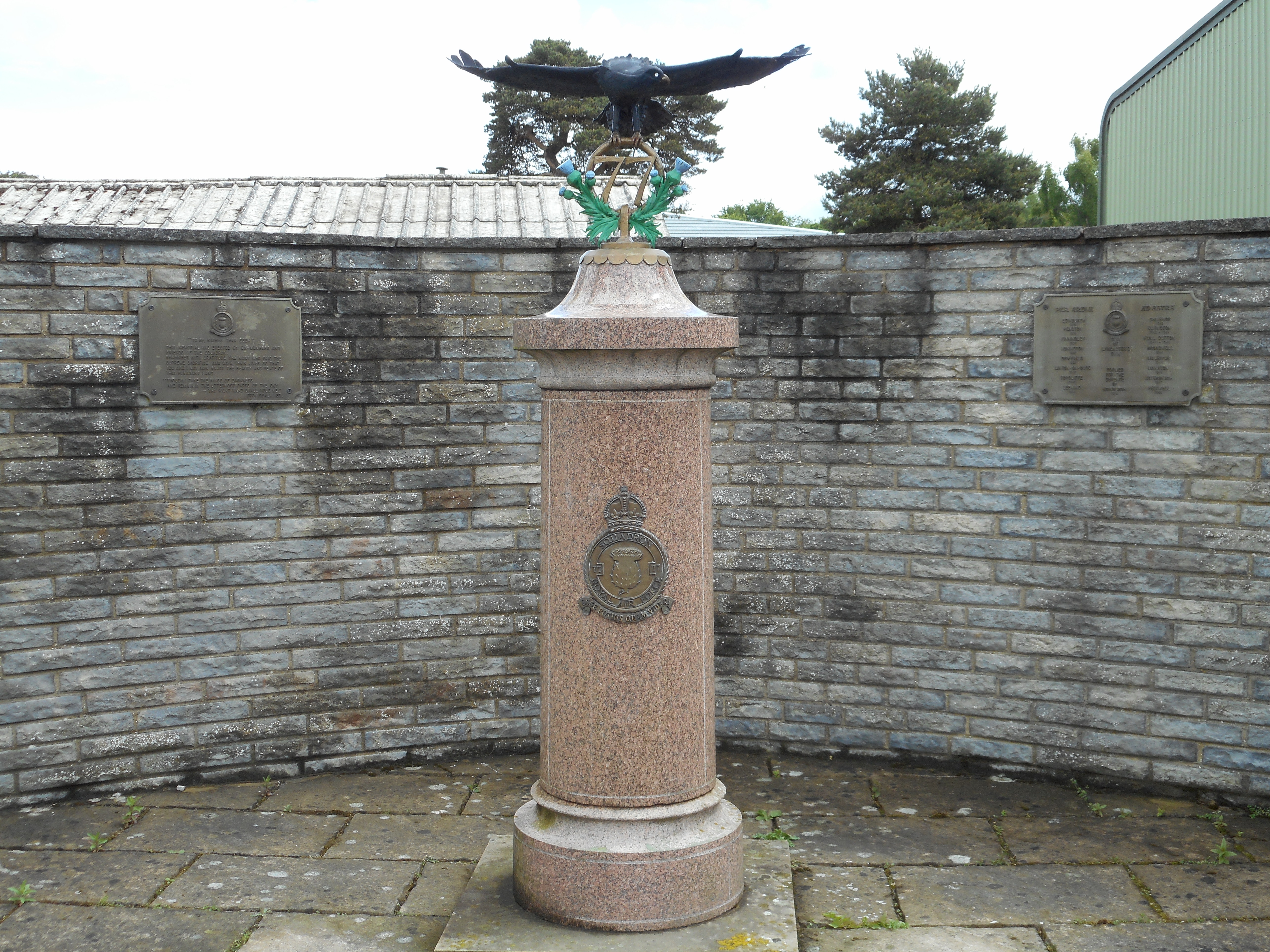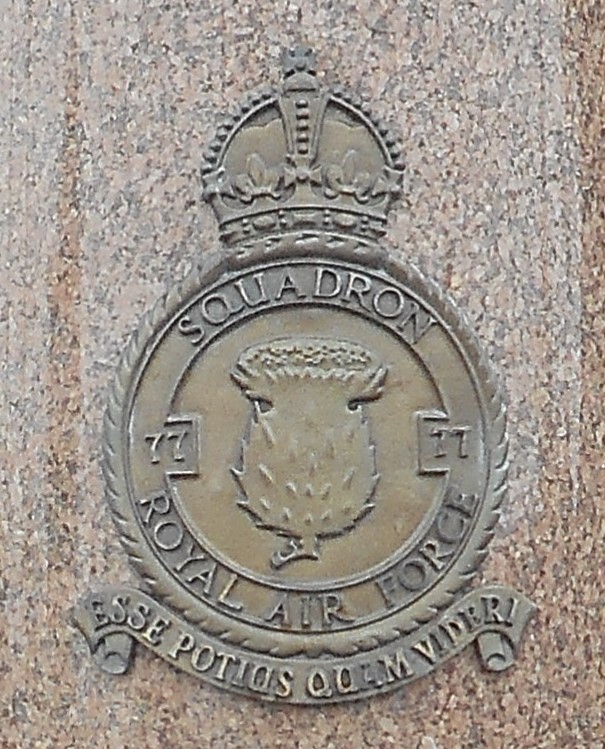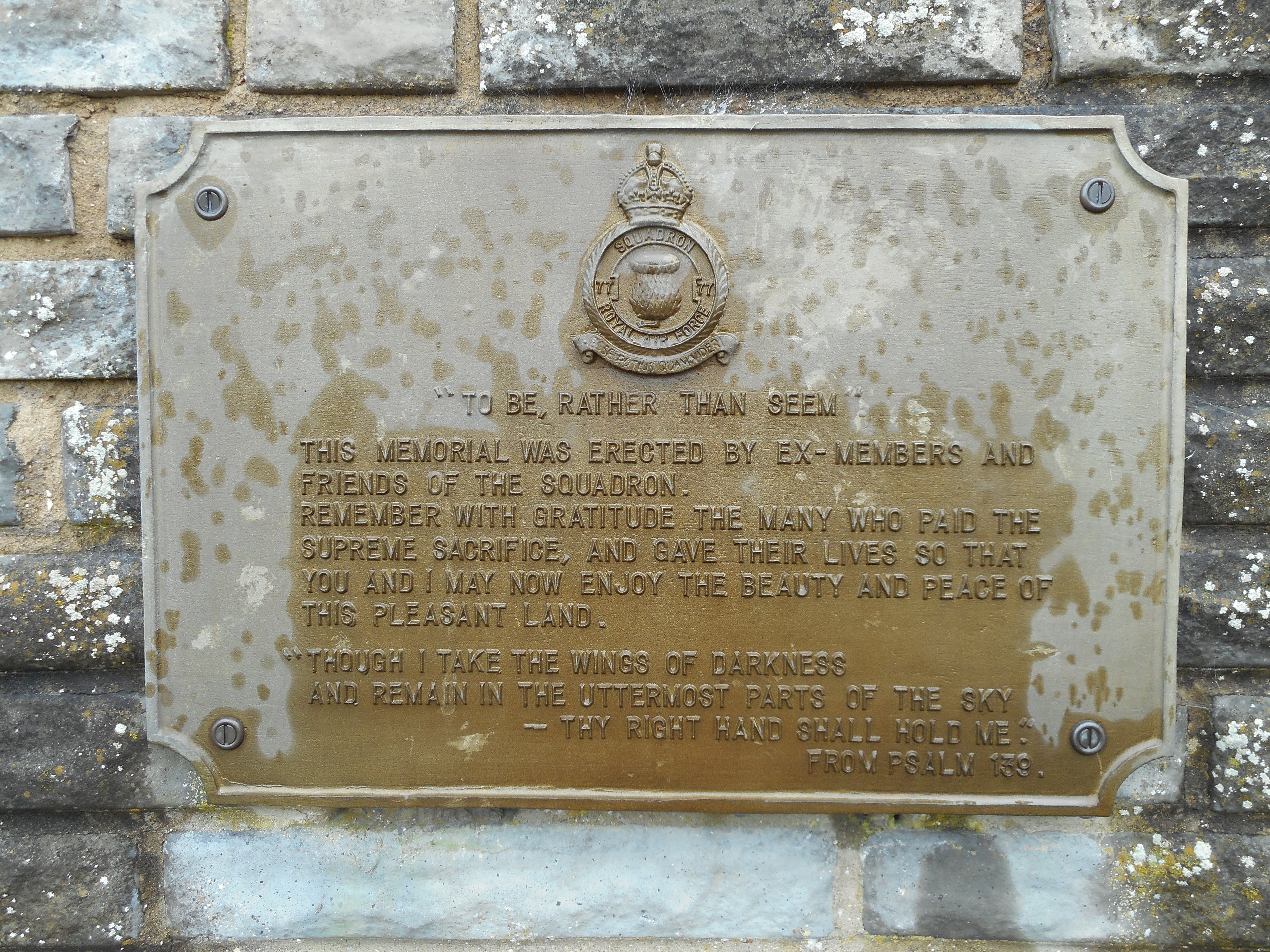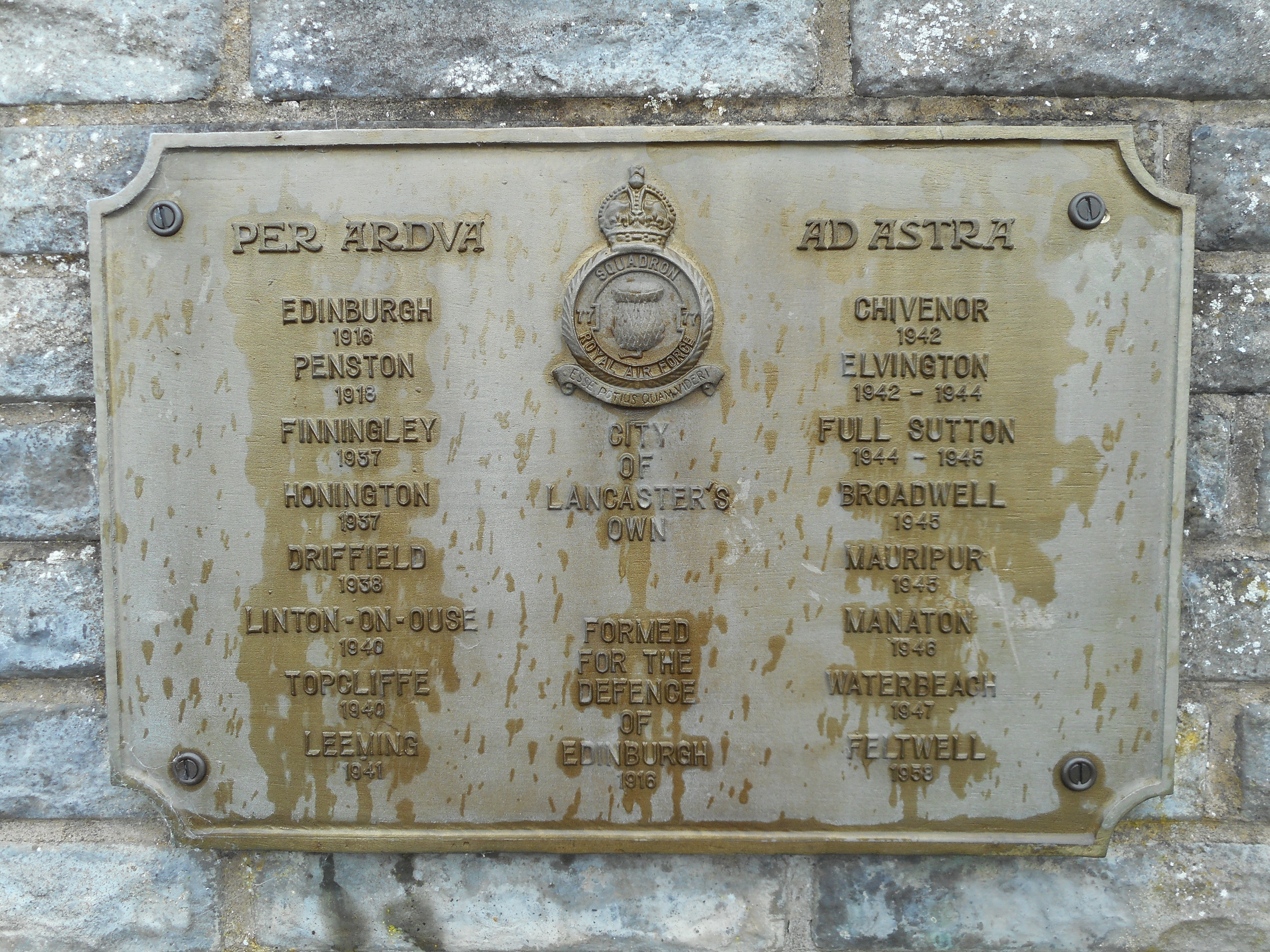Taylor, Malcolm Ernest
Personal Information
| Rank | Sgt |
| Forename(s) | Malcolm Ernest |
| Surname | Taylor |
| Gender | M |
| Age | 19 |
| Date of Death | 07-02-1945 |
| Next of Kin | Son of Ernest Malcolm Taylor and Gladys Irene Taylor, of Talywain, Monmouthshire. |
Aircraft Information
| Aircraft | Handley Page Halifax III |
| Serial Number | MZ689 |
| Markings | KN-Z |
Memorial Information
| Burial/Memorial Country | Germany |
| Burial/Memorial Place | Reichswald Forest War Cemetery |
| Grave Reference | 2. C. 8. |
| Epitaph | OUR SON AND BROTHER. THE FAMILY CHAIN IS BROKEN BUT MEMORIES LIVE FOR EVER |
IBCC Memorial Information
| Phase | 2 |
| Panel Number | 251 |
Enlistment Information
| Service Number | 1818668 |
| Service | Royal Air Force Volunteer Reserve |
| Group | 4 |
| Squadron | 77 |
| Squadron Motto | Esse potius quam videri (To be, rather than to seem) |
| Trade | Air Gunner |
| Country of Origin | United Kingdom |
Other Memorials
| Location | Holy Trinity Church, Elvington, North Yorkshire |
| Country | United Kingdom |
| Memorial Type | Stained Glass Window & Roll of Honour |
| Memorial Text | Memorial windows and Roll of Honour for 77 Sqn. R.A.F. |
| Location | Yorkshire Air Museum, Elvington North Yorkshire |
| Country | United Kingdom |
| Memorial Type | Marble Column with Metal Sculpture and Plaques |
| Memorial Text | Memorial to 77 Sqn. R.A.F. City of Lancaster's own |
Miscellaneous Information
| It is thought that the other aircraft made a safe return |
Commonwealth War Graves Commission
The National Archives
| Record of Events (Operational Record Book) AIR 27/658/4 |
| Summary of Events (Operational Record Book) AIR 27/658/3 |
Fellow Servicemen
Please note that this list gives all the losses aboard the quoted aircraft and occasionally these may have occurred on an earlier date when the aircraft was not itself lost. Please check the dates of death carefully.
Last Operation Information
| Start Date | 07-02-1945 |
| End Date | 08-02-1945 |
| Takeoff Station | Full Sutton |
| Day/Night Raid | Night (26% moon) |
| Operation | Goch- to bomb enemy troops stationed around Goch in preparation for a ground attack by British XXX Corps. 464 aircraft, 2 losses. The Master Bomber ordered to main force to bomb from below the cloud ceiling- only 5000', so bombing opened accurately. Smoke eventually made control of the raid impossible and the Master Bomber called it off after the 155th bomber had dropped its bomb load. Considerable damage was caused and the death toll was low (30), suggesting that most of the locals had left the town. Many forced labourers who had been drafted in to fortify the town died, however. |
| Reason for Loss | Collided with a 158 Sqn Halifax (NP973 NP-P) 20km SSE of the target. Crashed shortly afterwards at Winnekendonk |

